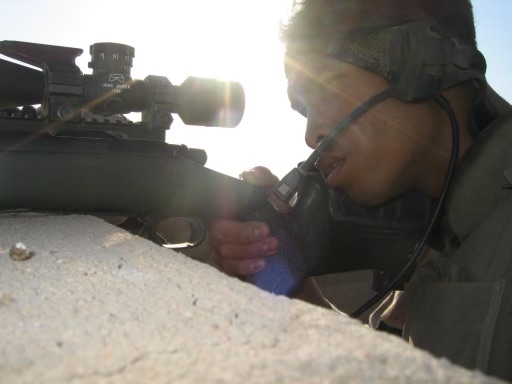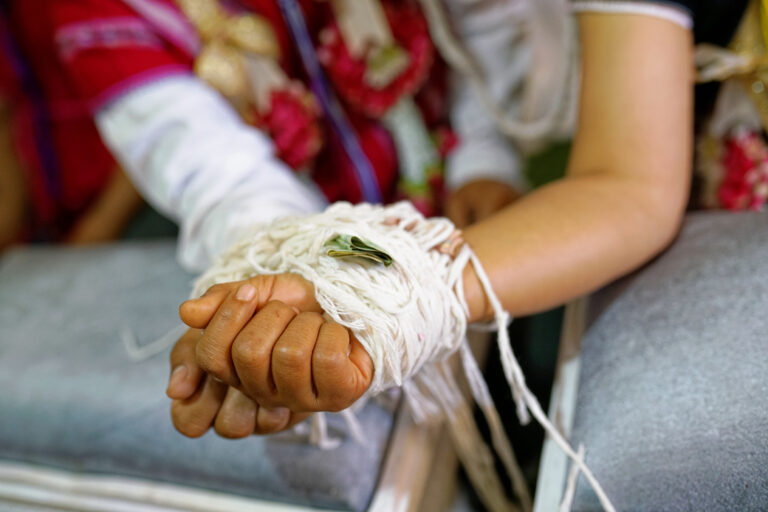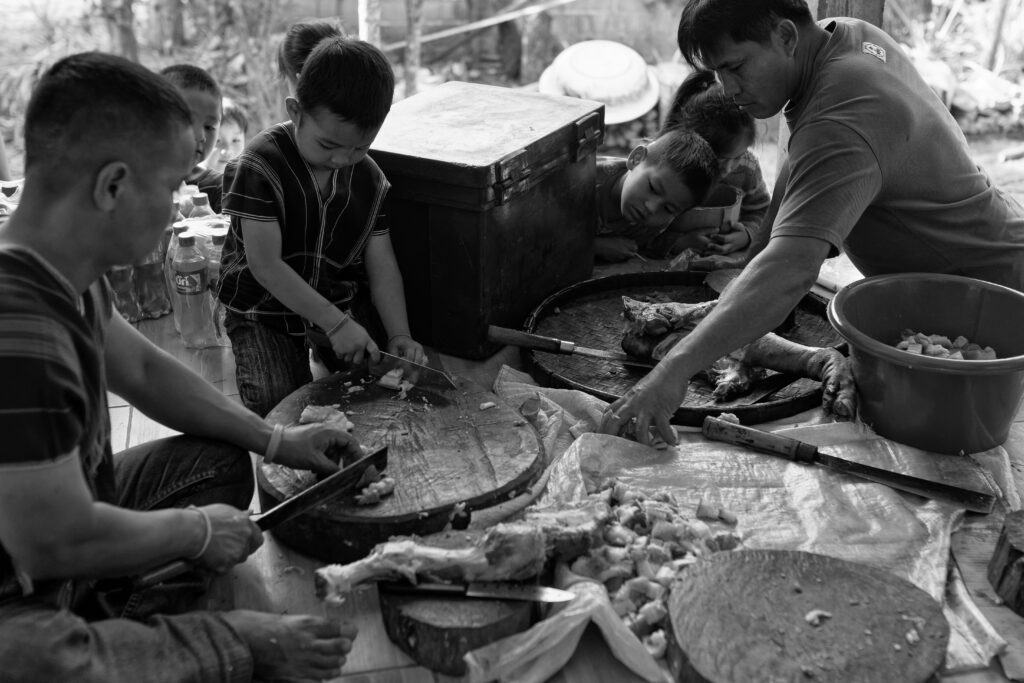Learning Photography from a Marine Sniper:
Working with Stress

This week we will continue with the series, Learning Photography from a Marine Sniper. The specific subject for this part of the series will be working with stress. Combat stress is clearly different from most photography scenarios, apart from certain types such as adventure and war photography. However, there are definitely take aways for photographers.
Scientific research has shown that high stress can have significant negative impact of the performance of tasks. This is particularly true for combat scenarios. Stress can adversely influence what you hear (auditory exclusion), see (tunnel vision and loss of near vision) and do (deteriorated motor skills and prevented or reduced sympathetic nervous system activation), as well as how you think (irrational behavior).
Unfortunately, it’s not possible to completely nullify these responses to stress. However, proper training and understanding can support anticipation and identification of these factors. This can promote some degree of control and limit impact.
Understanding these factors can provide some sort of lesson that can be applied to photography. Out of the stress impacts mentioned above, we will discuss vision and hearing for this post. The next part in the series we will cover motor skills.
Fight or Flight
We’ve previously discussed a bit about the fight-or-flight response, but this time we will get a bit deeper into it. Some parts will be more technical and sciencey, but bear with me. Besides, it’s interesting to know and it will help prepare you for working with stress.
The Brain and the Nervous System
When we are under stress an area of the brain, known as the amygdala, sends distress signals to the hypothalamus. The hypothalamus is often considered to be the command center for our bodies. It communicates with the rest of our body by sending signals to the autonomic nervous system, which controls involuntary body functions, such as breathing, blood pressure, heartbeat, and the dilation or constriction of blood vessels and small airways in the lungs. The autonomic nervous system has two components, the sympathetic and the parasympathetic nervous system.
The sympathetic nervous system is what triggers the fight-or-flight response. This is particularly helpful when we find ourselves in a dangerous situation, as it provides us a boost of energy. However, this is less ideal when the “dangerous” situation isn’t necessarily life-threatening. For most of us, it’s just a bit of situational stress in our everyday lives. This stress is commonly in the form of being in a position of needing to “perform” in one sense or another. For example, this could be giving a presentation at work, competing in sports, or taking photos at an event (or any other photography situation where you feel stress).
If the sympathetic nervous system is the gas pedal, then the parasympatheic nervous system is the brake. It is responsible for the “rest and disgest” response that brings the body back to a calmer state once we are no longer in immediate danger.
Danger, Will Robinson!
So, shit has hit the fan! Or maybe your brain thinks it has, but in actuality it’s just Taco Tuesday being a bully to your intestinal fortitude, and your amygdala hits the panic button. This “red alert” message sent to the hypothalamus activates the sympathetic nervous system, the adrenal glands decide to get in on the action and release epinephrine (adrenaline) into the bloodstream. The epinephrine brings forth several physiological changes:
1. Heart beats faster – Blood is pushed to muscles, heart, and other vital organs
2. Pulse rate and blood pressure increase
3. More rapid breathing
4. Small airways in lungs open to allow more oxygen in each breath, which is sent to the brain to increase alertness
5. Sight, hearing, and other senses become sharper
6. Blood sugar (glucose) and fats are released into the bloodstream from temporary storage sites to supply energy throughout the body
Quick PSA: I’d like to offer some friendly advice to those of you that have a quality Taco Tuesday event in your vicinity. Avoid a taco binge prior to Mauy Thai, or any other combat sports training. Pick one or the other. No need to go into details…
Tunnel Vision
Now that the brief overview is complete, let’s talk about tunnel vision.
Under extremely stressful situations or if your brain perceives a threat, real or imaginary, your body receives that aforementioned adrenaline. In response, our pupils dilate to allow more light to enter the eyes. Naturally, this allows us to see our surroundings better and observe any threats. The additional light entering the eyes makes it easier to process information more quickly. Despite the benefits of this particular aspect of heightened awareness there is a drawback as well – tunnel vision.
Tunnel vision is when your peripheral vision decreases and reduces your field of vision to a relatively tight circle in front of you. This allows the eyes to be more focused on the immediate threat. This can be a significant problem in combat, to say the least.
Threats often prefer not to be seen. They don’t always approach from the front and they don’t always work alone. Being overly focused on a relatively small area means you’re missing a lot of information. And, simply put, missed information can lead to injuries and deaths.
Auditory Exclusion
Sight seems to be a priority for our brains. When fight-or-flight mode kicks in the processing of auditory information is diminished to support visual intake. In some cases auditory processing is completely shut off.
Communication is vital to any form of teamwork. Losing our hearing, thus limiting our communication, even in part, can be detrimental during combat operations. Furthermore, sometimes sounds are what tip us off to potential threats in the first place.
Interestingly, studies have shown that the visual cortex of the brain also processes auditory information. The reason for this is perhaps to predict incoming information to be better prepared for situations.
Working With Stress
Since we can’t completely control our responses to stress, we have to find ways of working with stress. Coping with stress and not allowing it to control you.
Here are a couple very simple military/combat methods to mitigate the influence of stress in regards to impacted vision and auditory exclusion. Hopefully, these will translate to photography, or anything else, and give you something to fall back on.
Keep Your Head on a Swivel
Understanding tunnel vision gives us the power to mitigate its influence. Since we are aware that our near vision and peripheral vision is compromised there is one simple thing we can do. Simply turning our head will help us pick up on threats or a good photo. I know it sounds obvious, when you’re play a not-so-friendly game of tag with lead it can be easily forgotten. I’m not saying we look away from the threat we are currently engaging, but we need make sure to scan our surroundings when we are able to.
This can also help with the issue of auditory exclusion. You may not hear your teammate yelling at your or a threat pushing your flank. Get that visual so you can act accordingly. Simply forcing ourselves to look around help us overcome a drawback of tunnel vision.
Take a Step Back
This a bit more of a management or leadership technique than a in-the-field tactical one. Sometimes, we can find ourselves ineffective due to being overly focused on one thing or too wrapped up in a moment. Stepping back from the situation can provide us with a bigger picture of the situation.
Physically removing yourself from positions or places of stress can help you clear your mind to see things differently. Actually stepping back, moving to a different location and observing can provide a new and wonderful perspective.
It’s like a finger pointing away to the moon. Don’t concentrate on the finger or you will miss all that heavenly glory.
– Bruce Lee
Tunnel Vision and Photography
The influence of tunnel vision will generally be different for a photographer, when compared to military operations. Photography can involve working with stress and even in causal or less stressful situations there are beneficial takeaways. A main one is…
Don’t get sucked in.
Tunnel vision, in everyday terminology, refers to being overly focused on a single subject or thing. Don’t get drawn into a single subject, location, angle, or whatever.This can be especially true in certain types of photography. In landscape photography this can be an issue during sunrise and sunset. Being overly focused on the actual sun, and the position of its rise or fall, can take away from potential shots in other directions. Sometimes the clouds in the complete opposite direction of the sun present an even more impressive performance.
The same goes for event photography. Giving all of your attention solely to the “main” subject can result in missed shots. This is true regardless of the kind of event; weddings, sports, or artistic performances, and so forth. For artistic performances and/or sports sometimes the elements in the peripherally (spectators, supporting actors, drunk friends/family members, etc.) influence impact and success of the final product. In storytelling photography, a strong story depends on capturing several elements. These elements are all around you. Focusing too much on one element and missing others can lead to a less effective story.
If you want more information on storytelling, you can check out my article on storytelling photography, here.
So, as the advice above suggests, keep your head on a swivel and take a step back. Don’t miss be so focused that you miss what’s just under your nose. Allow yourself to see the bigger picture. Give yourself the opportunity to make conscious decisions and focus on the important details of your choice.
Karen Wedding
In the photo below, I wasn’t exactly working with stress. Actually, I wasn’t working. I was simply invited to enjoy the festivities. Nonetheless, the photos below are examples of avoiding tunnel vision in photography.
Indoors the bride and groom were involved in a wrist tying ceremony. Family and friends tied the couples’ wrists together with white string, representing good will and protection from misfortune and evil spirits.
Of course, I took some shots of the couple and then got in closer and got the shot below, focusing on the strings. This is a very basic example of going from the main subjects and finding another element to focus on to create more of a story. Capturing details. It is also an example of not getting sucked in and having tunnel vision, honing in on the couple. Fairly simple and nothing new for wedding photography.
However, the second photo, while not ground breaking in, is a better example of not having tunnel vision. After doing my part in wishing luck and chasing away evil spirits, I left the ceremony and wandered a bit. This enabled me to find other elements from the day. In this case, it was the preparation of meals for the guests. Getting away from what would normally be considered the main event allowed me to get a shot I like a lot.


Auditory Exclusion and Photography
This is probably less of an issue for most photographers. Nonetheless, it’s something we can cover quickly and learn something to from.
The ability to hear things can give us a heads up on subjects that might be interesting or important to the story or impact of our shot. For example, hearing a tram coming down the rails, a street vendor calling out to customers, or birds calling as the fly into your frame. Some of this can be safe, as in the case of the tram. But remember, the visual cortex also processes auditory information and can prepare us for potential shots.
If anything, we can reenforce the importance of looking around and stepping back. Shooting in louder conditions, such as certain events like a concert or festival, it might be difficult for you to hear. Put your eyes to work to make up for your ears slacking off. You might see other shots or different shot locations.
Final Words
Beyond the little hints above, much of how you handle stress will boil down to experience. The more experience you have the more confidence you will have. This confidence can significantly impact your work in the right direction.
Next post we will get into another potential issue related to stress. Honestly, it might have some rather obvious solutions, but hopefully we can drive home the importance of it. Plus, we have the military theme gimmick I’m rolling with to make it a bit more unique.
Until next time, get out there at take some shots. Don’t shy away from stressful situations that may challenge your abilities. Accept those challenges, along with the potential failures and disappointments, and learn from it all.
If you’d like to share some shots while you were working with stress, or any other photos, tag me on Instagram, @ted_stanton_photography, along with your photos.
Also, check out my free ebook, 5 Unique Photo Challenges, for some inspiration. Sign up for the Photography Insight Journal using the form at the bottom of the page to receive the link to download a copy.


This article is useful for a lot more than photography and combat. It also applies to public speaking, writing under pressure, teaching a classroom full of students, and many other situations where stress can hinder effective performance. Thanks Ted for these insights. They clearly come from your own experience as a Marine Corps sniper, as well as a photographer. They are practical suggestions that will improve performance in many areas of life.
Happy to hear you think so. The intent of, at least most, these posts is to learn more than just photography. It is also to consider various potentially interrelated factors, whether immediately apart or not. By considering these things we can apply these ideas to photography, personal development, or anything else.
Great discussion Ted–very clear and accurate anatomical and physiological explanations !!
I am loving your photography…..
Love
Chris
I’ll happily accept a medical professional’s approval of the anatomical and physiological explanations. At least I didn’t go too wrong on that.
Based on some past conversations we’ve had, you might like some upcoming posts I’m working on.